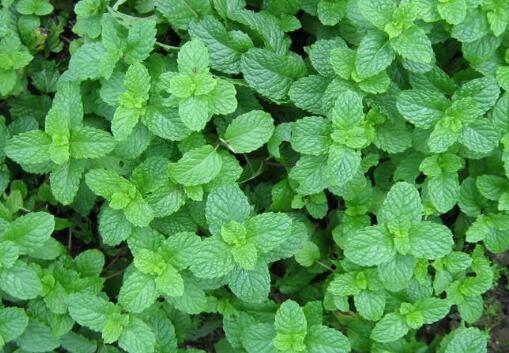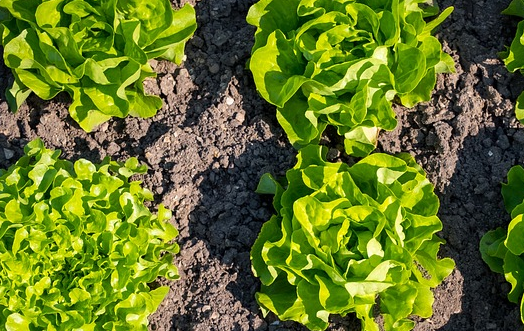How does the "cash cow" red bayberry be grafted? When is the best month for grafting? How to improve the survival rate?
Bayberry is strong, has a long economic life, and its production cost is obviously lower than that of other fruits, so it is known as "green enterprise" and "cash cow". Bayberry grafting is one of the tasks often done during the planting of bayberry, which has a great impact on increasing the yield of bayberry. So, how to graft red bayberry? When is the best month for grafting? How to improve the survival rate?

First, how to graft red bayberry?
1. Sow seeds. The fully ripe fruits were harvested from the robust adult trees and stacked for 3 to 5 days after harvest. After the pulp rotted, the pulp was washed and the unfullness was removed. After slightly drying, the seeds were sown in sand storage. The seed sprouting rate is 40%-70%. The sowing site should choose sandy red-yellow soil with good drainage and loose soil. After sowing, the seeds are pressed into the soil with a board, which is flat with the border surface, covered with a layer of fine soil, and then covered with straw to prevent the soil from hardening. Generally, it can be germinated and unearthed one month after sowing.
2. Rootstock management. After the seedlings are unearthed, they should be managed frequently, replenish water in time and promote the growth of buds and seedlings. In order to make the seedlings sturdy, we began to pour light liquid fertilizer (rotten human and animal feces and urine) at the seedling height 3cm, apply it once a month, and do a good job of weeding, pest control and so on. When the Lignification begins at the base of the seedling and the height of the seedling is about 6~10cm, it can be transplanted.
3. Selection of rootstock. To cultivate a strong rootstock, the diameter of the rootstock is about 1cm. Determine the mother tree of the improved variety, select the middle part of the spring shoot of last year (no diseases and insect pests, full bud eyes) as the scion, pick it up and pick it up on the same day, wrap it with wet cloth or keep it fresh with sand.
4. Grafting method:
① was grafted in situ and the root system was cut off. It is often used for 2-3-year-old rootstocks. After grafting, the rootstock is deeply cut off from both sides of the rootstock cultivation border and part of the main and lateral roots are cut off.
② was grafted in different places. Before grafting, dig up the rootstock, cut off some of the main and lateral branches, change the land for planting, and then graft.
③ indoor grafting. The rootstocks were dug up and grafted indoors, used for 2-3-year-old rootstocks, or 3-4-year-old rootstocks excavated from the mountains, then pseudo-planted or directly planted on the planting site.
④ leaves branches for grafting. The rootstocks are planted first, and then grafted on the spot, which are widely used for large rootstocks. That is, the grafting is carried out on the main branch and the other branch is left as a "hanging water branch" to attract water to flow to the branch and slow down the growth potential of the grafting part so as to improve the survival rate of grafting.
5. Management after grafting. The new shoots germinated below the grafting interface should be wiped out in time, the scion germinating shoots should be strong and weak, 2-3 buds should be left to grow, and the rest should be erased. Lignification of new shoots can be applied to rot acquaintance feces and urine once, and then once every other month, so that thin fertilizer can be applied frequently. During the growing period of new shoots, timely control of diseases and insect pests, timely use 70% methyl thiophanate 800 times solution, omethoate 800 times solution to control anthracnose, yellow caterpillar and other pests.
Second, when is the best month for bayberry grafting?
The grafting time is suitable in the period when the temperature is mild, the temperature is not low and the temperature is not high, generally in February-March, and can not exceed Ching Ming Festival at the latest, otherwise the air humidity is high, which will cause excessive bleeding and grafting failure. And this is that the bayberry has begun to sprout, and the bark and woody tissue are also formed and become brittle, and the higher temperatures in the south can be carried out in January-February.
Third, how to improve the survival rate of bayberry grafting?
1. Choose rootstocks and scions with strong affinity
Affinity refers to the ability of rootstock and scion to heal after grafting. In general, the closer the genetic relationship is, the stronger the affinity is, the higher the survival rate of grafting is.
2. Choose the best grafting time.
Generally, branch grafting should be carried out in the early spring before fruit tree germination, because at this time, the tissue of rootstock and scion is enriched, temperature and humidity are also conducive to the vigorous division of cambium and accelerate wound healing. On the other hand, bud grafting should be carried out in the slow growth period, so that the grafting will survive this year and sprout and grow into seedlings next spring.
3. Use plant hormones to promote healing.
The scion was treated with plant hormones before grafting, such as soaking in 200-300PPM naphthylacetic acid for 6-8 hours, which could promote the activity of cambium, thus promote wound healing and improve the survival rate of grafting.
4. The survival rate of grafting plays a decisive role in two aspects: one is that one side of the scion and the rootstock must have close epidermis contact so that they can transfer water and nutrients. Second, the bandage must be tight, absolutely can not leak. Otherwise, the grafting will fail if the water overflows.
Time: 2019-03-14 Click:
- Prev

How to grow mint with high yield? Master the Seven Elements! Detailed explanation of mint planting technology
Mint everyone knows, cold, can be used to treat sore throat and other symptoms. Mint planting technology is also very simple, and the market prospects are also relatively large. Mint has strong adaptability to environmental conditions. How to cultivate mint with high yield? Its cultivation technology mainly has the following aspects. variety selection
- Next

(lettuce) how to grow lettuce? Do you have it all year round? When is the best time to plant it?
Lettuce, also known as mai Tsai, goose lettuce, lettuce and so on, is one of the favorite vegetables with crisp, tender and slightly sweet texture and unique flavor. So, how to grow lettuce? Do you have it all year round? When is the best time to plant it? How to grow lettuce? Select and sow improved varieties: choose suitable varieties according to your needs
Related
- Fuxing push coffee new agricultural production and marketing class: lack of small-scale processing plants
- Jujube rice field leisure farm deep ploughing Yilan for five years to create a space for organic food and play
- Nongyu Farm-A trial of organic papaya for brave women with advanced technology
- Four points for attention in the prevention and control of diseases and insect pests of edible fungi
- How to add nutrient solution to Edible Fungi
- Is there any good way to control edible fungus mites?
- Open Inoculation Technology of Edible Fungi
- Is there any clever way to use fertilizer for edible fungus in winter?
- What agents are used to kill the pathogens of edible fungi in the mushroom shed?
- Rapid drying of Edible Fungi

